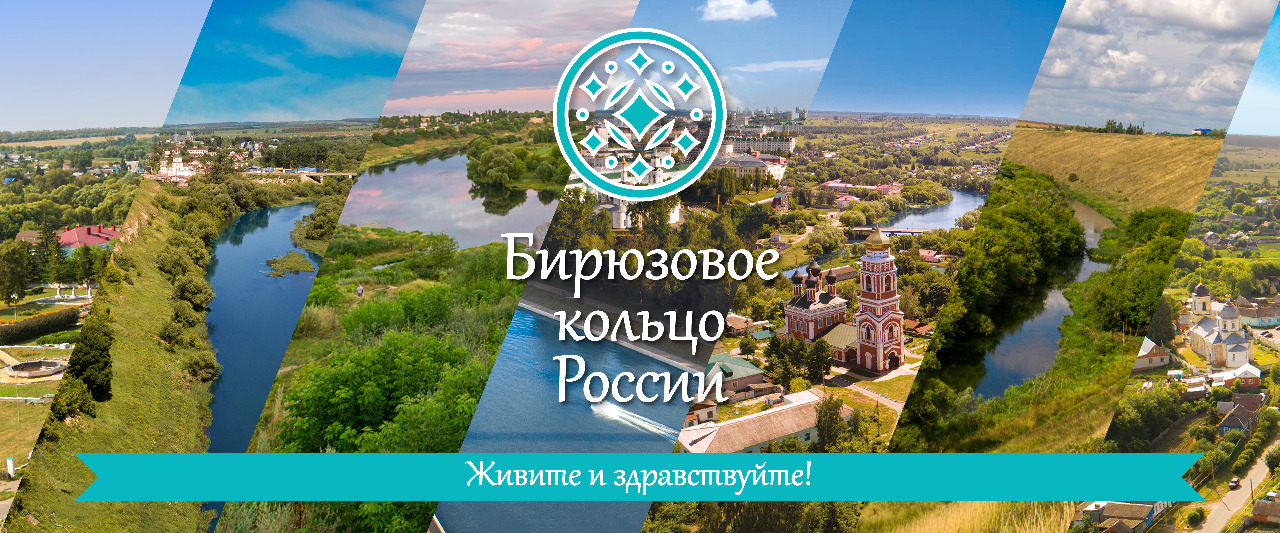Feel like a hero of the "Inspector" in the Russian province! Maloarkhangelsk is a city that inspired Pushkin and Gogol with its chosen, but emphasized hospitality, hyper-care and funny situations, one of the smallest ancient cities in Russia, where only about three thousand people live.
What is the city famous for
Almost two and a half centuries ago, Maloarkhangelsk was called the village of Arkhangelsk, and it became a city with the light hand of Catherine the Second. One of the local legends says that in 1778, the Russian empress, passing by this noisy and crowded merchant village, took it for a city. And when she discovered the mistake, she laughed and said: "Well, then let it be a Small Arkhangelsk town, so as not to be confused with the city of Arkhangelsk!". Which was done.
By the way, the famous Russian classic I. S. Turgenev can be safely called a Maloarkhangelsk landowner, because his mother was the owner of an estate in the village of Khmelevoe, in the vicinity of Maloarkhangelsk. Turgenev often visited these places, visiting his friend the landowner N. K. Rutzen, the prototype of the main character of the novel "Rudin".
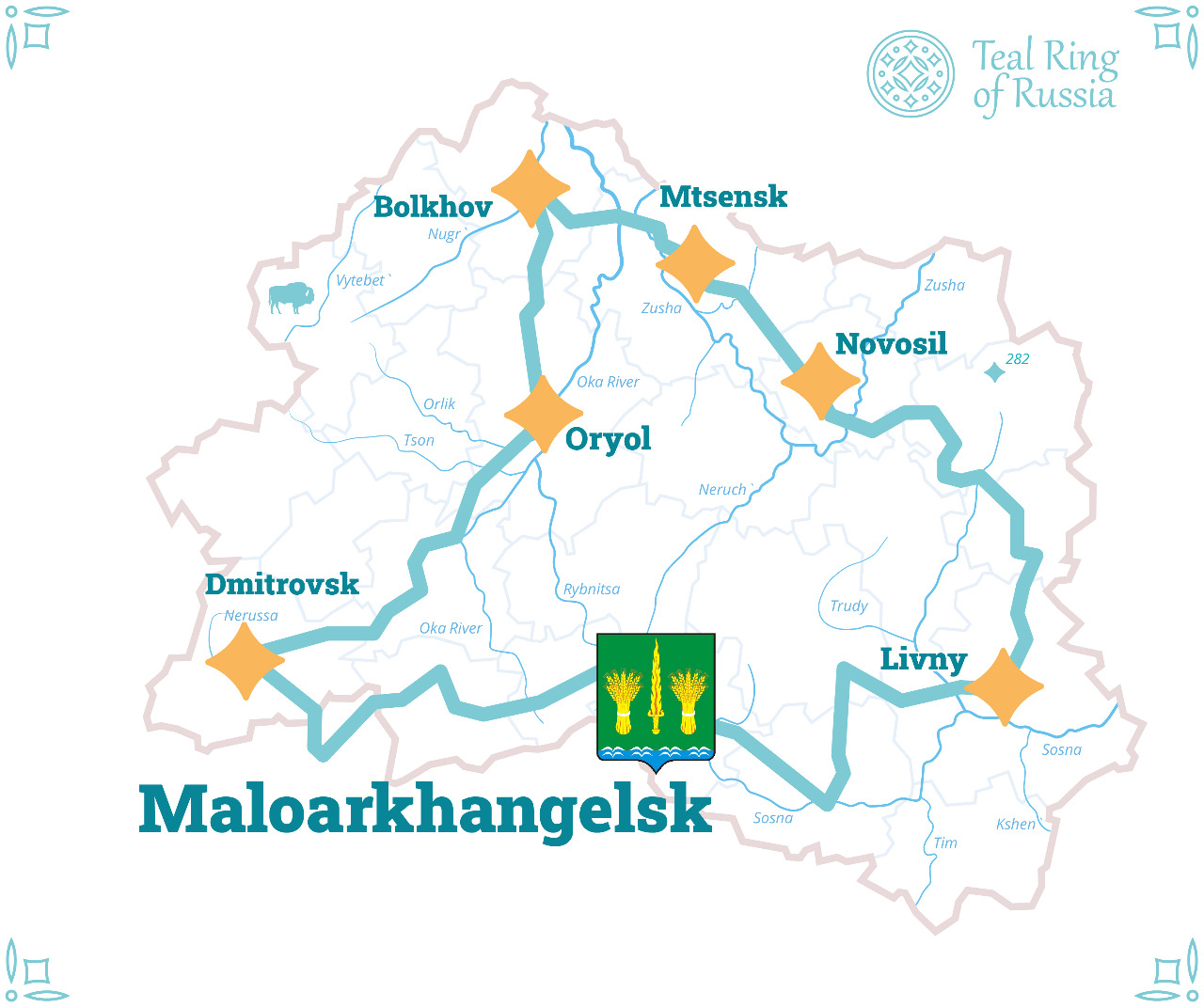
The Inspector immortal comedy
The point in the dispute about which city in Russia the events that formed the basis of the unforgettable comedy of N. V. Gogol "The Inspector" took place in 1890 was put by the magazine "Russian Antiquity": in May 1829, Alexander Pushkin stopped in Maloarkhangelsk on his way to the south, was mistaken for a high-ranking St. Petersburg inspector, and when everything was clarified, he told this story to Nikolai Gogol, presenting the plot of the immortal comedy, which Nikolai Vasilyevich himself recalled in the Author's Confession.
1836. Censorship is categorically against the "Auditor". At the suggestion of Vasily Zhukovsky, Emperor Nicholas I first hears the comedy, and then gives his high permission to allow the comedy. Despite this, in Orel and Irkutsk, the governors prohibit the "Inspector" even before the production.
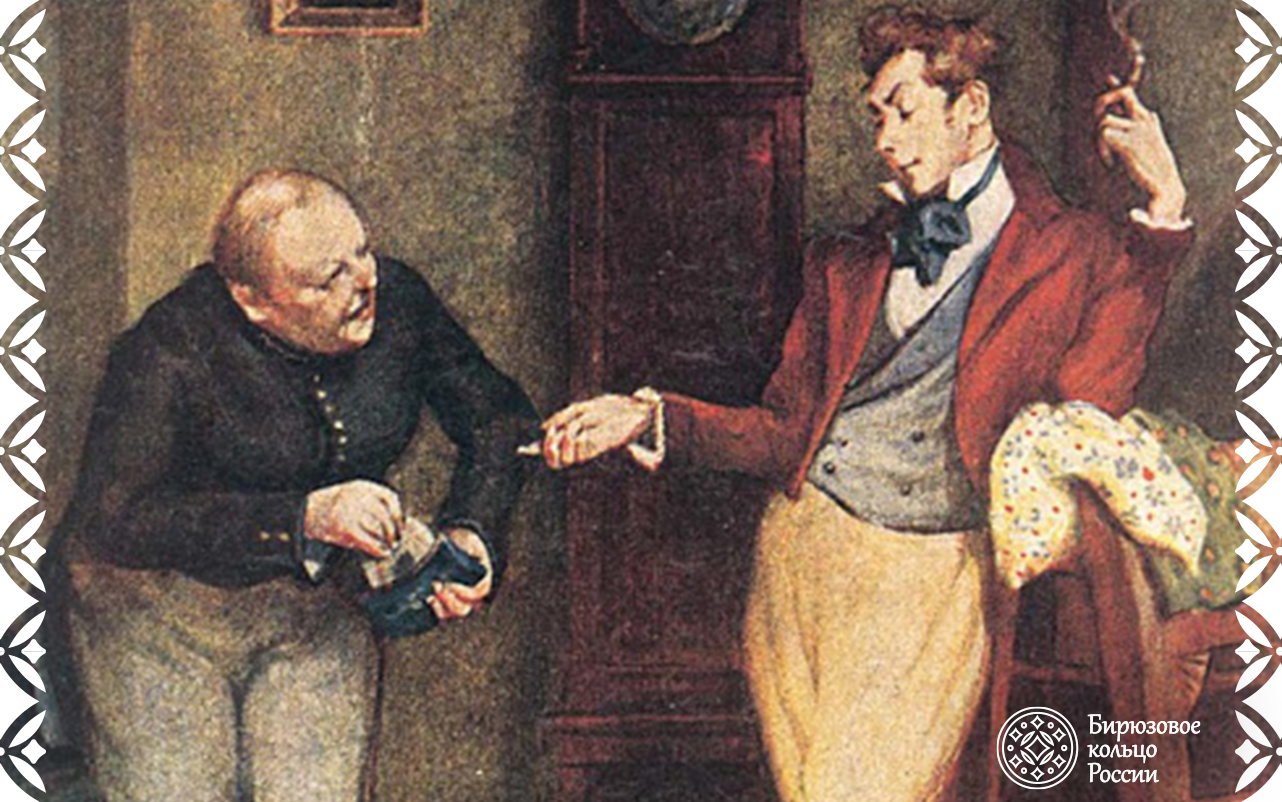
From afar, the river flows for a long time…
To the walls of the Nizhny Novgorod Kremlin, the Oka brings 1.3 times more water than the Volga. The source of the river, which then rushes into the Caspian Sea, is located in the village of Alexandrovka, Glazunovsky district, Oryol region. Once there was a lake in the form of an eye, from which, according to legend, three rivers flowed. And today, if you put your ear to the ground, you can hear the sound of stormy streams here. Nearby is the convergence point of the basins of the three largest rivers in Eastern Europe-the Volga, Don, and Dnieper.
On the banks of the Oka lies almost all of Central Russia. According to experts, the Oku can rightly be called the cradle of Moscow Russia. The Oka is the most Russian river, as Konstantin Paustovsky called it.
In folk legends and fairy tales, the memory of the strong, but tragic love of Oka and Kama has been preserved.
Many thousands of years ago, the Oka washed out clay and calcareous rocks under the earth's thickness, forming multi-tiered karst halls, terraces, countless niches, passages and passages. The city of Orel also stands on an extensive network of underground passages and caves.
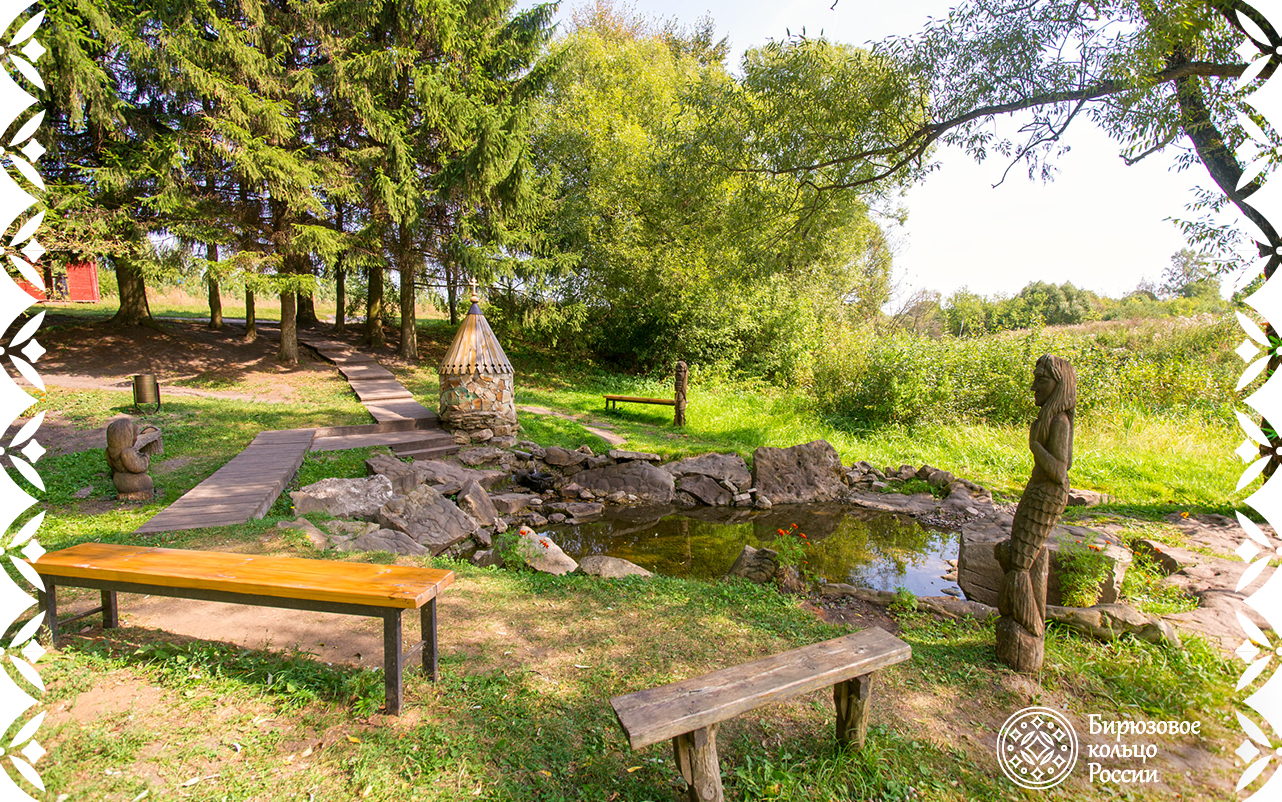
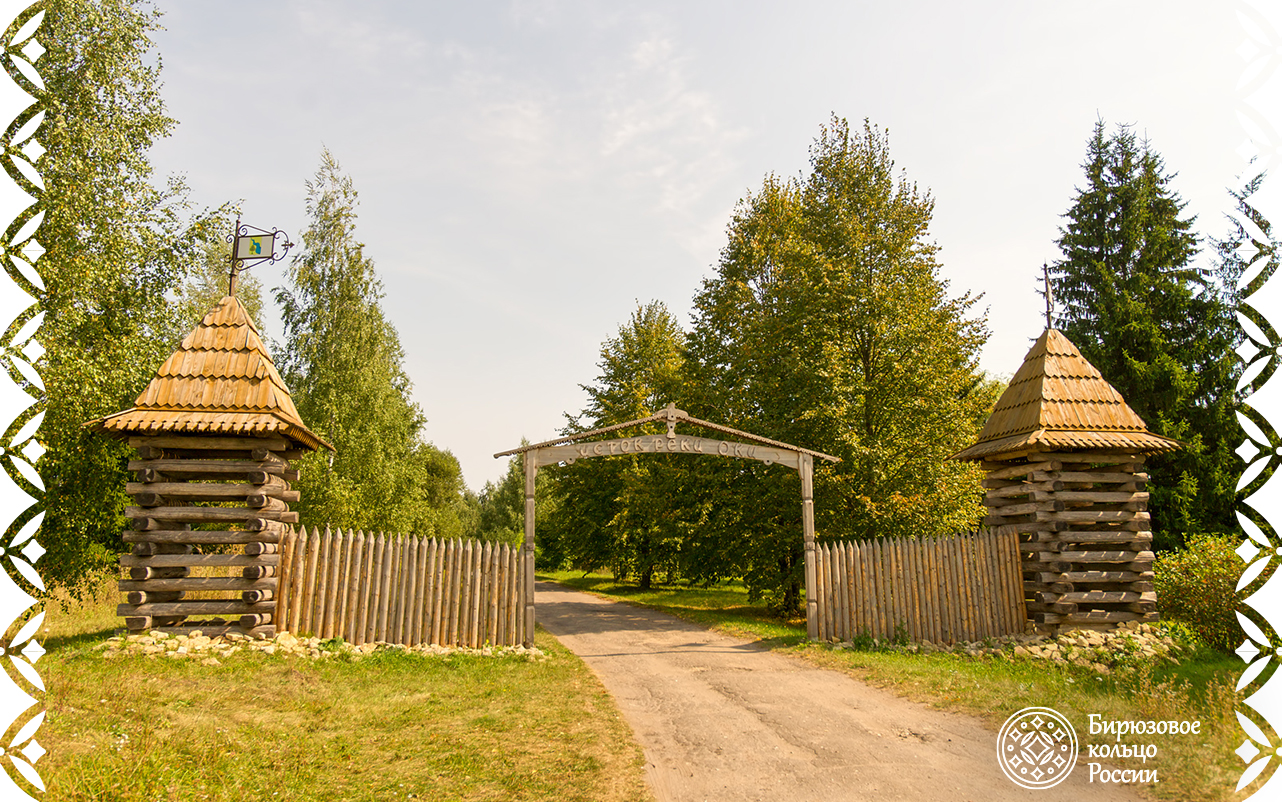
Royal and other living stones
Not far from the village of Verkhososenye, huge boulders of bizarre shapes lurk. Some believe that this is the ruins of a temple of an ancient civilization, others claim that the stones literally grow out of the ground, and others – that the boulders were created by a volcanic source. The belief about the amazing healing power of living stones is passed down from generation to generation. Each of them eliminates a certain disease.
The locals say it is a "place of power" and tell the legends associated with it. According to one of these legends, at the end of the 16th century, there was a raid of the Crimean horde in these places. The monks who settled here gave a firm rebuff. The struggle lasted until morning. By morning, a thick fog covered the surrounding area and covered the monastery with a dense wall. The fog cleared only in the afternoon. The invaders were seized with panic - there was no monastery, no people who inhabited it before, only the bell ringing of the former monastery was clearly heard. The Crimeans quickly broke camp and left this "terrible place".
According to another legend, there is a real storehouse of silver hidden underground, which is why water acquires healing power and special properties, can be stored for years and cures many ailments.
There is also a "Royal Stone" here. On it is the inscription: "1912. July 14. Saturday.", on the left side – the image of the royal crown, below six more letters-initials. It is believed that in 1912, the royal family secretly visited this place.
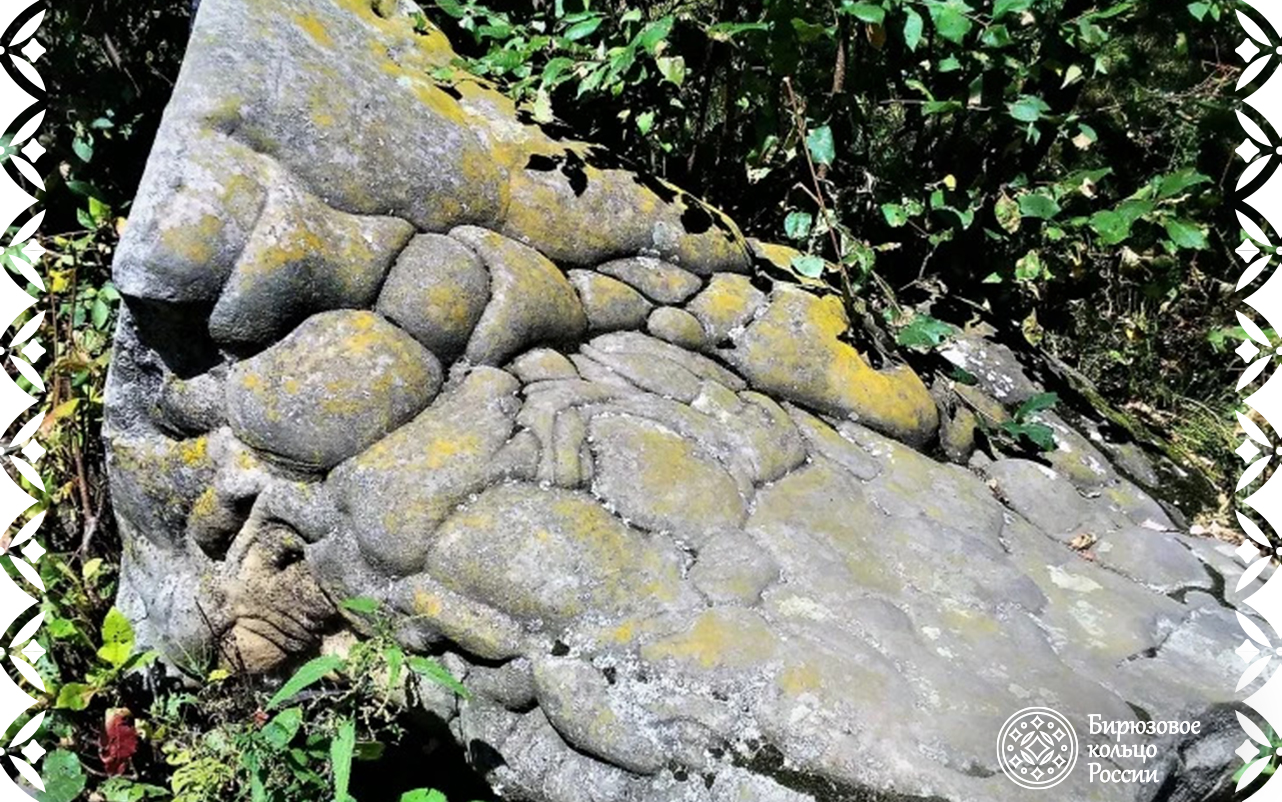
What to visit
* Pushkin State Park
They say that the famous poet and prose writer stayed at this place more than 190 years ago, so there is a bust of him in the park.
* Bust of M. I. Kalinin
For those who are interested in Soviet history, the story of the visit to Maloarkhangelsk by the chairman of the VTSIK Mikhail Kalinin in early March 1920 will be interesting. At that time, a district congress of teachers was being held in the city, and Kalinin delivered a fiery speech on the role of teaching in the construction of communism. In memory of this event, a bust of him was installed in Maloarkhangelsk.
* Church of St. Michael the Archangel
The village of Arkhangelsk, which received the status of a county town in 1778, was named after the wooden church of St. Michael the Archangel built in it. The further fate of this building is unknown, most likely, the church burned down. The current temple, which has become one of the most beautiful sights of the city, owes its appearance to the initiative of modern Maloarkhangel residents. In 1997, the citywide citizens ' meeting decided: the city needs its own parish. At the same time, they also identified a place for construction: a small vacant lot next to the city park. The construction of the Church of St. Michael the Archangel was completed in 2005.
* Monuments to the heroes of the Great Patriotic War
During the Great Patriotic War, the city of Maloarkhangelsk was under nazi occupation for about a year and a half. During this time, many buildings and small-Archangel families were damaged. And
Where to relax
Recreation center "Laguna»
Arriving for a weekend with an overnight stay, you will definitely not regret that you stayed at the recreation center "Laguna", which is located near Maloarkhangelsk on the picturesque shore of the pond"Progress".
For information: there are more than a hundred ponds in the Maloarkhangelsky district, but the mirror area of the Progresovsky pond is the largest – it is 47 hectares.
Nearby there is a farm for growing sturgeon fish, which is planned to replenish the number of inhabitants of the reservoir. Those who are interested in the growing process itself can watch it firsthand. And the pond itself is a real klondike for amateur fishermen, because it is home to carp, crucian carp, silver carp, white cupid, walleye, sterlet, and many other fish. But they should be prepared for the fact that fishing at the recreation center is carried out on the principle of "Caught-let go".
For those guests who are indifferent to fishing, there is also a lot of entertainment. They can go boating and catamarans, play mini-golf (the Laguna golf course is a stationary 36-hole park course, one of the 6 Russian courses recognized by the World Federation of Sports mini-golf), take part in sports competitions, fry kebabs or just enjoy the majestic beauty of the trees, clean air, the view of a beautiful pond and the well-groomed territory of the recreation center.
The tourist recreation center "Laguna" welcomes the tourists of Maloarkhangelsky and the surrounding areas with comfort and coziness"
To learn more about
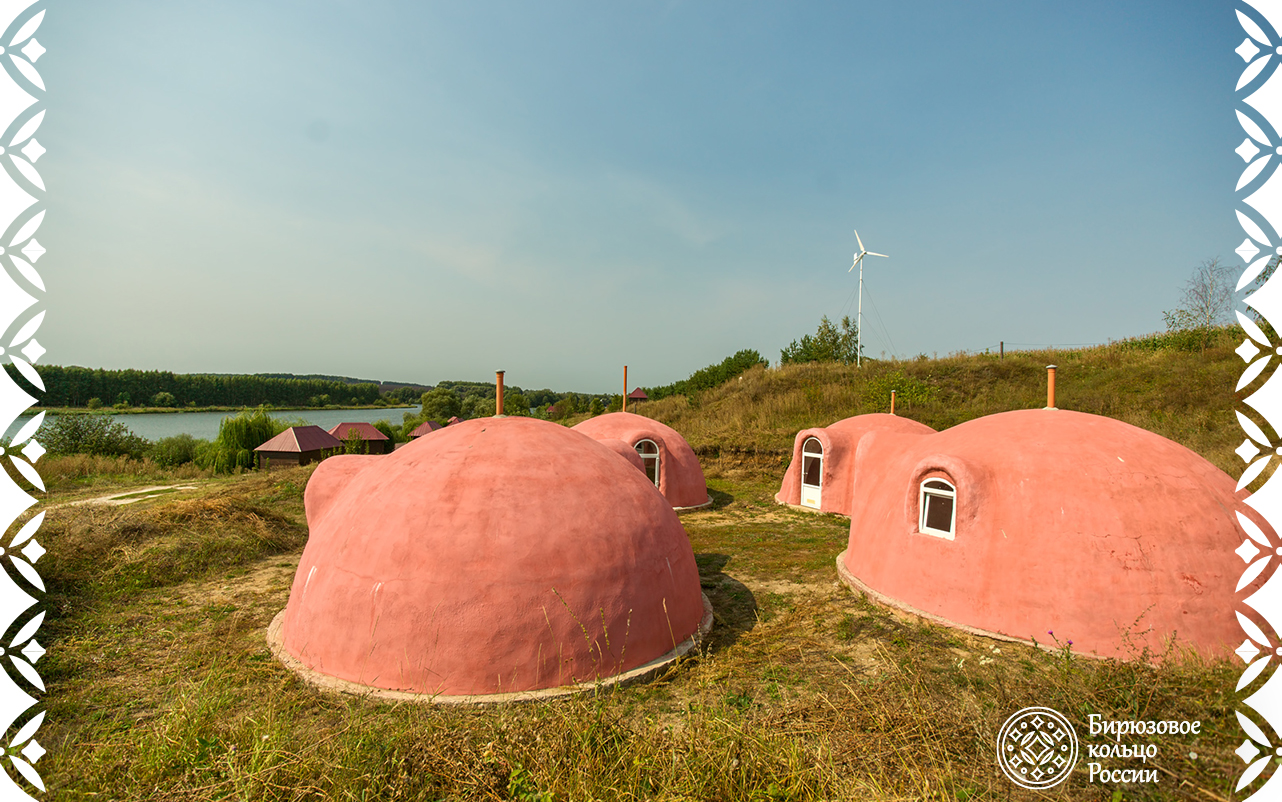
How to get
The city of Maloarkhangelsk is located 435 kilometers from Moscow. You can reach it by car (5 hours), or by train from Kursky railway station (Lastochka express – 5 hours) or by bus from Novoyasenevskaya bus station (6-7 hours).
Ancient Maloarkhangelsk is rightfully included in the tourist route "Turquoise Ring of Russia". This is a kind town with nice provincial traditions, which is always happy to give its guests a good weekend and share with them its rich history, centuries-old traditions and unique atmosphere of a calm, measured life, which attracts so tired of the hustle and bustle of the townspeople.
